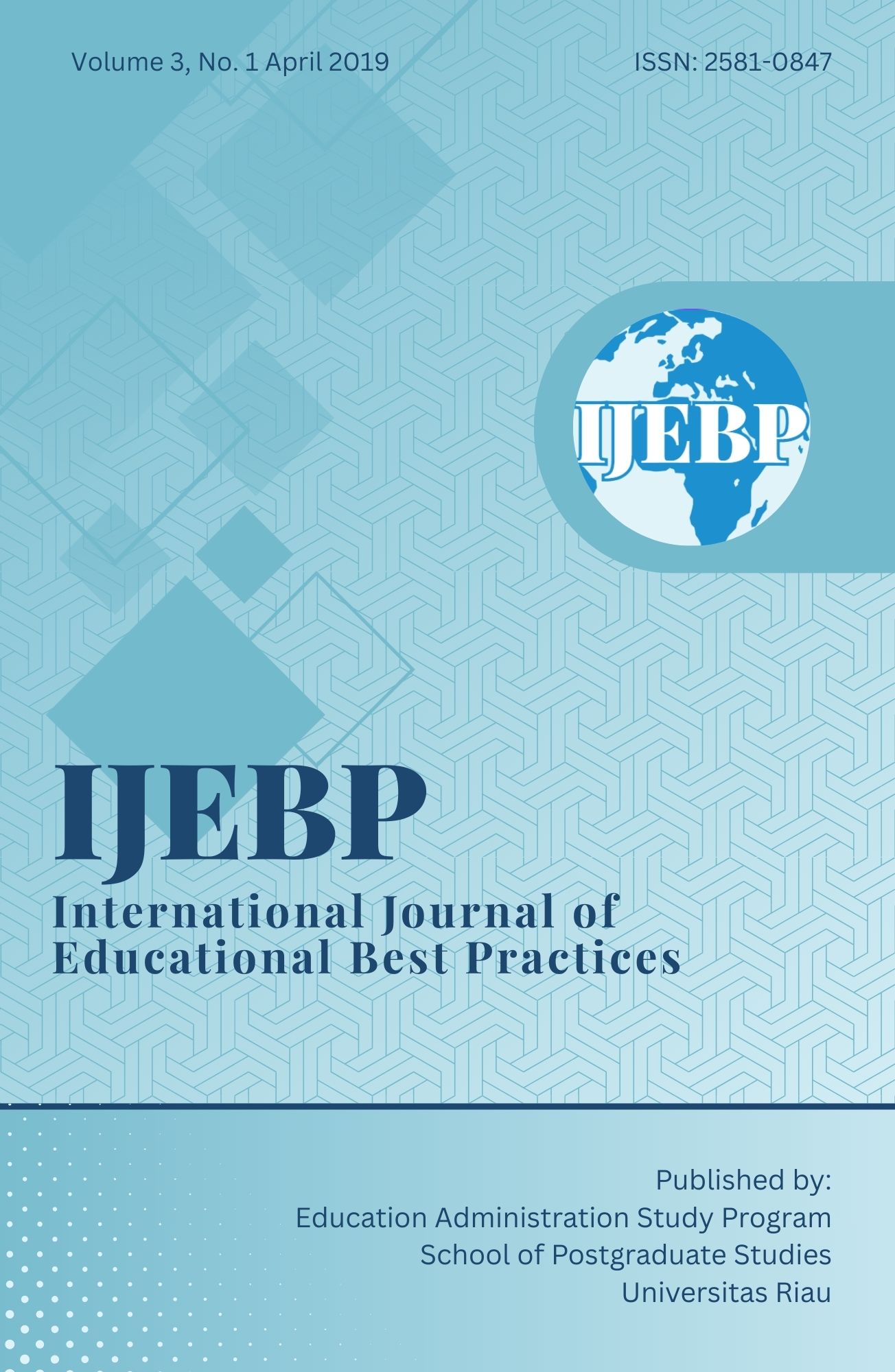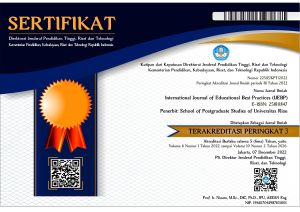COMMUNICATION STRATEGIES TO OVERCOME LINGUISTIC BARRIERS: A SNAPSHOT OF INDONESIAN POSTGRADUATE STUDENTS AS A SECOND LANGUAGE LEARNER LIVING IN TARGET LANGUAGE COMMUNITY
DOI:
https://doi.org/10.31258/ijebp.3.1.76-85Keywords:
second language acquisition, ESL, communication strategies, Indonesian English learners, second language learnersAbstract
Being able to communicate effectively in English on both social and academic setting, is one of the biggest challenge faced by International students learning in English speaking countries like New Zealand. This challenge is inevitably relevant to students from Indonesia, a country where English is not a second language. Extra effort is required since these International students must be able to learn and produce the language simultaneously in a very immediate context, shifting from EFL to ESL context. To be able to shift from these two different learning contexts, specific strategies are needed. The use of communication strategies is purposed to assist language learners in a target language community in delivering and receiving messages in spoken communication. This research is aimed to: a) identify types of communication strategy used by Indonesian Adult Postgraduate students; b) investigate how these communication strategies are learned and applied. The data is collected qualitatively through semi-structured interviews. The result of this study reveals that, the two respondents in general are using the same communication strategies: compensatory strategy in form of circumlocution; in addition, avoidance strategy is also applied as a last resort. Furthermore, this research also highlights learning strategies developed/learned by the respondents to upgrade their communication competence.
References
Brown, H.D. (2007). Principles of language learning and teaching (5th Edition). Fransisco. Longman Pearson.
San
Goh, C., & Foong, K. P. (1997). Chinese ESL students’ learning strategies: A look at frequency, proficiency, and gender. Hong Kong Journal of Applied Linguistics, 2(1), 39-53.
Grainger, P. R. (1997). Language‐Learning Strategies for Learners of Japanese: Investigating Ethnicity. Foreign Language Annals, 30(3), 378-385.
Hardan, A. A. (2013). Language learning strategies: a general overview. Procedia Social and Behavioral Sciences, 106, 1712-1726.
Hong-Nam, K., & Leavell, A. G. (2006). Language learning strategy use of ESL students in an intensive English learning context. System Linkoping, 34(3), 399─415.
Mitchell, R., & Myles, F. (2004). Second language learning theories (2nd Ed). New York: Oxford University Press.
Nakatani, Y. (2006). Developing an Oral Communication Strategy Inventory. The Modern Language Journal, 90(2), 151─168.
O’Malley, M. J., Chamot, A. U., Manzanares, G. S., Kupper, L., & Russo, R. P. (1985). Learning strategies used by beginning and intermediate ESL students. Language learning, 35(1), 21─45.
Park, G. P. (1997). Language learning strategies and English proficiency in Korean university students. Foreign language annals, 30(2), 211-221.





